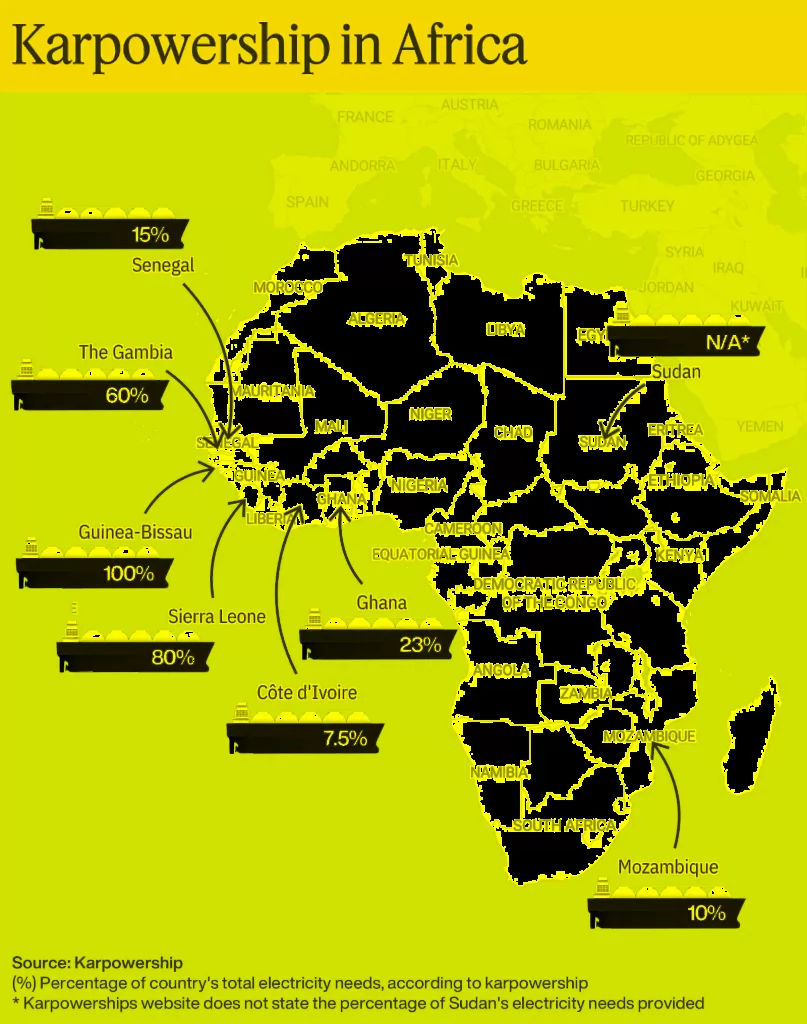The IE Black Equity Fund Raises an Historic $6 Million to Build and Sustain the Power of Black-led Organizations in the Inland Empire
Assemblymember Dr. Corey A. Jackson Presents $1 Million for the IE Black Equity Fund CEO of The California Endowment, Dr. Bob Ross, Receives Lifetime Commitment to IE Award
RIVERSIDE, CA— The Inland Empire Community Foundation (IECF) and the Black Equity Initiative of the Inland Empire (BEI-IE) announced that the IE Black Equity Fund raised more than $6 million since launching in 2020 at a celebration event in Riverside. The event, held on November 3, 2023, marked a significant milestone for the Fund and its mission to support nonprofit organizations and initiatives that are led by – and serve – the Black community in the Inland Empire. Attendees included nonprofits, philanthropists, funders, and local officials committed to fostering Black community empowerment in the region.
In a stirring message before 200 guests, Assemblymember Dr. Corey A. Jackson announced the allocation of $1 million to the Fund, bringing the total to $6 million to help close persistent equity gaps in education, health, employment, and housing for the region’s Black community.
“I’m thrilled to witness the outpouring of support and enthusiasm for the IE Black Equity Fund,” said Pastor Sam Casey, BEI-IE Co-Founder, and Executive Director at Congregations Organized for Prophetic Change, (C.O.P.E.) “Remarkably, we exceeded our original $5 million goal. The $6 million we’ve raised is a testament to the community’s support of providing critical resources that strengthen the capacity of our organizations. As we celebrate this important milestone, we also know that we must remain vigilant on our journey towards progress.
Dr. Bob Ross, President and CEO of The California Endowment (TCE), was also the program’s guest speaker, who encouraged each guest to honor the past sacrifices of others and give back. Under Dr. Ross’s leadership, TCE was the first organization to invest $1 million into the Fund. Leaders from IECF and BEI-IE also presented Dr. Ross with a “Lifetime Commitment to the IE” award.
Grantmaking
The Fund’s impact has been felt in the region. It recently granted $1.027 million to 71 organizations and fiscally-sponsored projects in its second round of grantmaking. Since its inception, the Fund has made grants totaling $1.7 million to promote racial equity in the region.
New Research
To better understand the issues affecting the Inland Empire’s Black community which comprises 7.3% of the region’s population, and identify where funding might carry the most impact, the IE Black Equity Fund partnered with Mapping Black California to publish the “Black Equity Fund Report.”
Building a Culture of Philanthropy
The Fund has raised $6 million thanks to investments from the California Endowment, the Weingart Foundation, the James Irvine Foundation, Assemblymember Dr. Corey A. Jackson, and support from dozens of corporate and institutional donors. The Fund has also been strengthened by numerous individual donations.
“This is a terrific milestone for the Inland Empire and our Black-led nonprofits,” said Brie Griset Smith, Sr. VP of Charitable Giving at IECF. “We are so appreciative of those who gave generously to support the Black Equity Fund at IECF, and to BEI-IE who created this inspiring opportunity to benefit our region.”
In partnership with IE Funders Alliance and IECF, the Fund was created by The Black Equity Initiative – Inland Empire (BEI-IE), a coalition of nonprofit leaders whose work is focused on ending systemic racism and building political and economic power for the Black community in Riverside and San Bernardino counties.
For more information about the IE Black Equity Fund and its mission, visit iegives.org/ieblackequityfund. For more information about BEI-IE, visit blackequityie.org
 Westside Story Newspaper – Online The News of The Empire – Sharing the Quest for Excellence
Westside Story Newspaper – Online The News of The Empire – Sharing the Quest for Excellence
